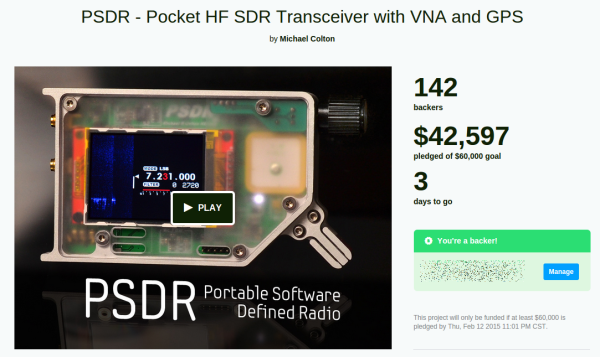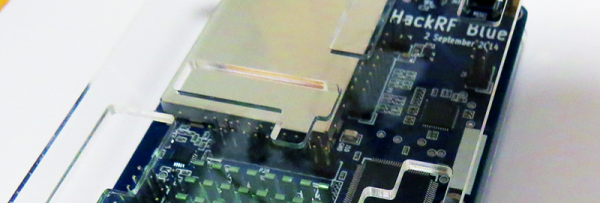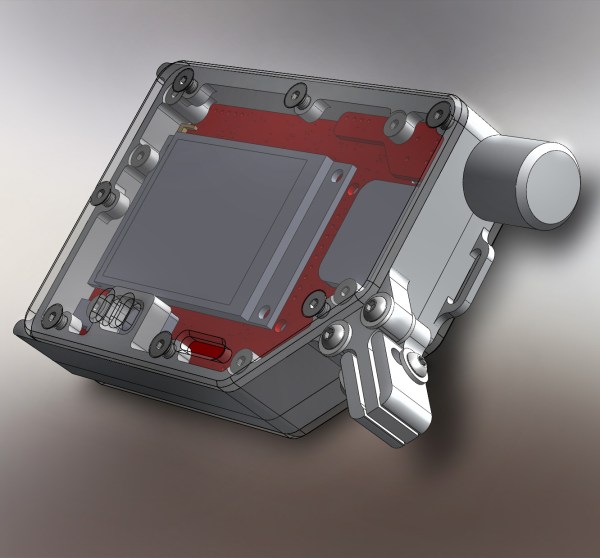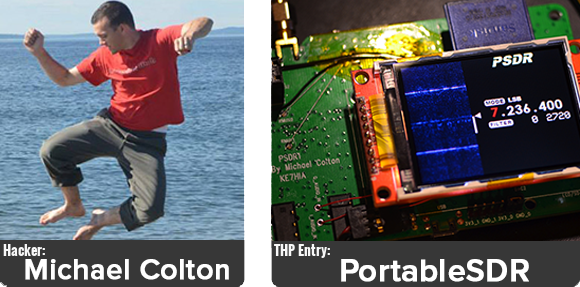If you haven’t backed PortableSDR on Kickstarter, now’s the time to do it. [Michael Colton’s] project which frees a Software Defined Radio from being shackled to a computer is in the final three days and needs about $17,500 to make it.
We’d really like to see this one succeed, and not just because PortableSDR took 3rd place in the 2014 Hackaday Prize. Many a time we’ve heard people forecast the death of amateur radio (ham if you will). The ham community is special, it’s a great way to get mentorship in electronics, and deals in more than just digital circuitry. Plus, as [Greg] has pointed out, having a license and some know-how lets you build and operate really powerful stuff!
We see the PortableSDR as one way to renew interest in the hobby. We especially like it that you don’t need a license to operate the basic model — the transmitting circuits aren’t enabled when it arrives. This means you can learn about SDR, explore what’s going on over the airwaves, and only then take the leap by applying for your license and hack the unit to transmit. To be fair, the transmitter portion of the project hasn’t been published yet, which is about the only real concern we read in the Kickstarter comments. But we have faith that [Michael] will come through with that part of it. And if he needs help we’re sure he’ll have no problem finding it.
Now’s the time… let’s pull this one out in the final days!

















